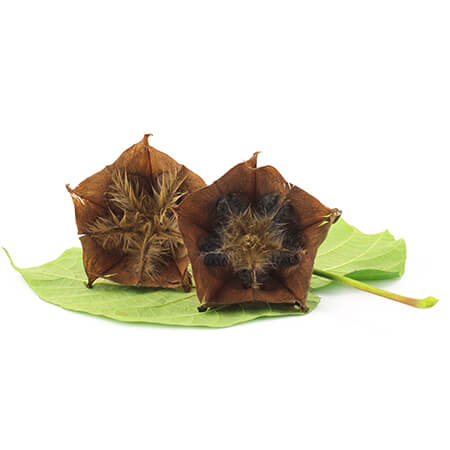-
About Us
button

Dabur India Limited is a leading Indian consumer goods company with interests in Hair Care, Oral Care, Health Care, Skin Care, Home Care and Food & Beverages.
-
Our Brands
button

Dabur presents a range of Herbal & Ayurvedic Personal Care products, created to make you look and feel good. Bringing together the gentle touch of nature and Ayurveda's wisdom .
-
Investors
button

Read our recent and archived releases, quarterly results, annual reports and financial statements. Initiatives Investor Centre.
-
Newsroom
button

Welcome to Dabur Media Centre. In this section, you’ll find our latest Press Releases arranged in a chronological order. The Press Releases have been further
-
Ayurveda & you
button

Our curated Collection of Ayurvedic knowledge for you. We at Dabur are working towards helping people lead a healthy and balanced life.
-
Sustainability
button

Dabur has been engaged in community development activities since 1994 and is committed to making a positive contribution to the communities where we source, live, work and sell our products.
-
Join Us
button

At Dabur, we are very passionate about winning and this has been engrained in DNA of the organization.
-
Support
button
- Home > Ayurveda & you > Ayurveda & Science > Ayurvedic & Medicinal Plants
Ayurveda and Science
Kanghi/कंघी/Abutilon Indicum/Atibala/Country Mallow
AYURVEDIC & MEDICINAL PLANTS
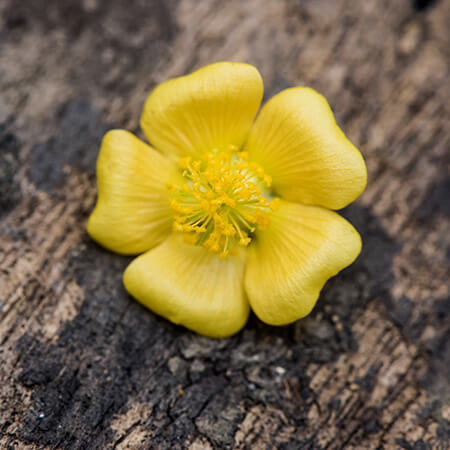
Abutilon Indicum Medicinal Uses
Atibala is considered balya in Ayurveda, which means that it increases strength, vigor and vitality. It is used in facial paralysis and joint disorders. It is also indicated as a uterine tonic as well as an aphrodisiac.
Chemical Composition
Leaves contain tannins, carbonic acid, Aspargine, Magnesium phosphate and Calcium carbonate. Seeds contain mucilage.
Pacifies Vata and Pitta.
Read more about various ailments, it's causes, symptoms, ayurvedic treatments, etc.
Know the story behind other medicinal Ayurvedic ingredients
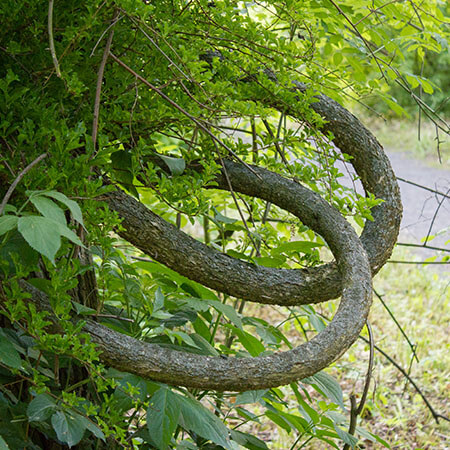
Malkangni

Neem
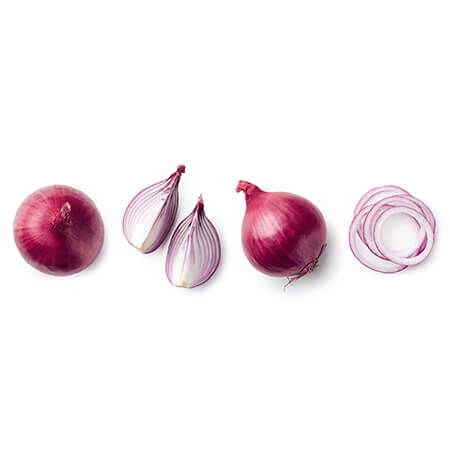
Onion
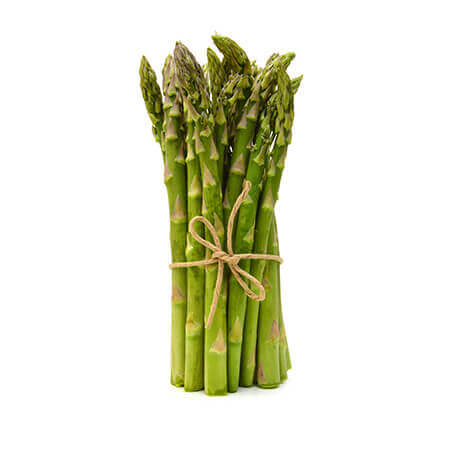
Shatavari
